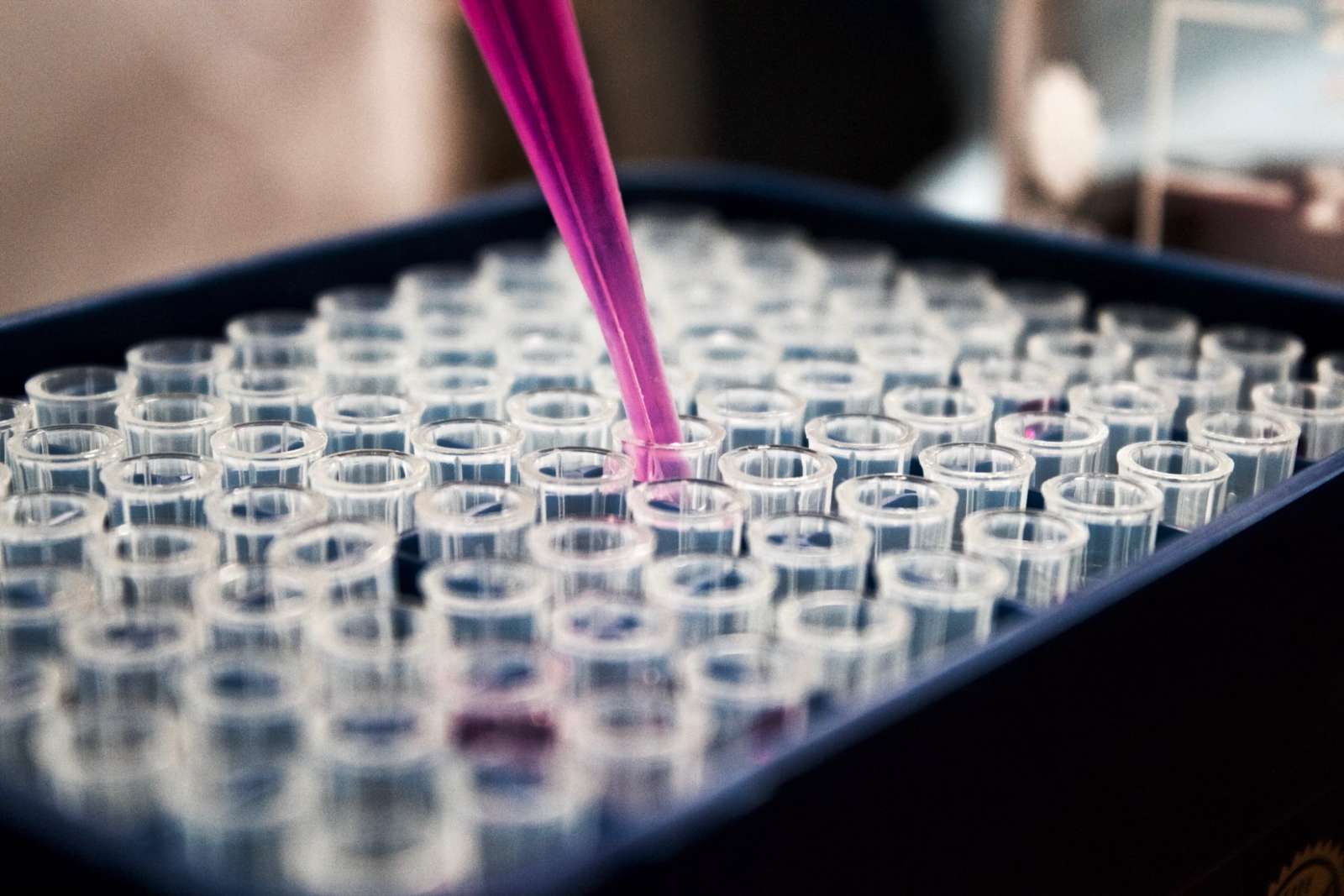

We design our analyzes to give you the best tools to interpret and understand your biomarker data. That way, you can get the maximum benefit from your clinical trials.
Fast delivery. We excel at short delivery times without compromising on quality. This allows you to make quick decisions for your clinical trials.
Scalable statistical solutions. With our advanced analytics package, you have the ability to tailor your solution to your unique needs and interests.
Help from scientific experts. Our statistical biomarker experts and extracellular matrix scientific experts are available to help you formulate the specific goals of the analysis, develop a research plan, and interpret the results of the analysis.
Search and find publications that we have published.
Please don't hesitate to contact us if you have any questions or other inquiries.